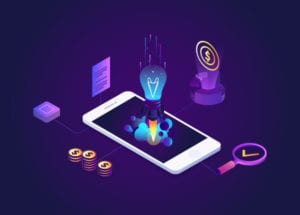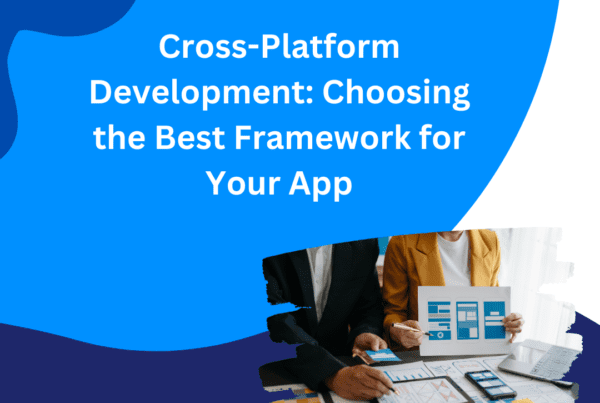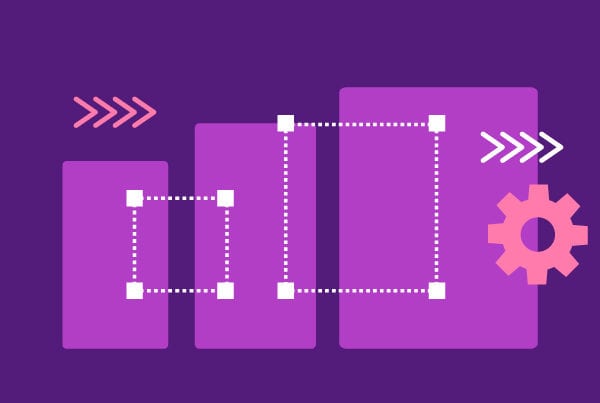In today’s digital landscape, user experience (UX) has evolved from an optional feature to a vital part of product success. With competition only a click away, delivering a seamless, engaging, and personalized experience is crucial for user retention and brand loyalty. Artificial Intelligence (AI) is transforming how companies approach UX, enabling them to create tailored interactions at scale, improve user satisfaction, and ultimately increase conversions. Here, we explore how AI-driven UX is reshaping digital experiences and the key techniques making it possible.
The Need for Personalization in UX
Consumers increasingly expect experiences to be relevant to their needs and preferences. From recommending products based on past purchases to suggesting content tailored to users’ interests, personalization is quickly becoming a standard expectation. This shift is driven by the growing volume of digital content and the fact that users have limited time and patience to sift through irrelevant information.
Artificial Intelligence offers powerful tools to meet these expectations. By analyzing user behavior, preferences, and feedback, AI models can provide insights that guide a highly tailored UX. Personalization driven by AI isn’t just about adding a recommendation widget; it’s about shaping the entire experience to feel intuitive and relevant.
How AI is Enhancing UX Personalization
AI-driven UX leverages machine learning (ML), natural language processing (NLP), and data analysis to create adaptable and intelligent interfaces. Let’s look at some core ways AI can enhance UX:
- Predictive Analytics: AI models analyze user behavior patterns to predict future actions. For instance, if a user frequently browses sports content, the system can preemptively suggest similar articles, products, or features, effectively increasing engagement.
- Behavioral Pattern Recognition: AI can segment users based on their interactions, grouping them by behavior, demographics, or even sentiment. This segmentation allows for personalized content delivery and a more targeted UX, giving users the feeling that the experience was designed just for them.
- Real-Time Adaptation: Unlike traditional UX design, where changes require manual updates, AI-driven UX can adjust dynamically. Based on real-time data, an AI-powered interface can change the layout, recommend different actions, or modify visuals to better suit the user’s needs and context.
- Conversational Interfaces: With advancements in NLP, AI can power chatbots and virtual assistants that engage users naturally, answering questions, guiding them through processes, and providing recommendations. This conversational approach makes UX more interactive, reducing the cognitive load on users.
- Emotion and Sentiment Analysis: AI-driven UX is increasingly exploring sentiment detection to understand user emotions. From monitoring tone in text inputs to analyzing facial expressions, AI can adjust the interface to create a more empathetic and responsive experience.
Real-World Examples of AI-Driven UX
Some of today’s top brands are already leveraging Aartificial Intelligence to create uniquely personalized user experiences:
- Netflix: Using AI-powered recommendation algorithms, Netflix customizes the content displayed on each user’s home screen. The platform considers past viewing habits, genre preferences, and even the time of day to suggest shows or movies, helping users discover content they’re likely to enjoy.
- Spotify: AI is at the core of Spotify’s music discovery features. By analyzing listening habits, Spotify recommends personalized playlists like Discover Weekly and Release Radar, introducing users to new music tailored to their tastes.
- Amazon: Amazon uses AI to predict user preferences based on purchase history, browsing patterns, and even regional trends. Its recommendation engine is fine-tuned to suggest products that resonate with individual users, making the shopping experience feel more intuitive and engaging.
The Benefits of AI-Driven UX for Businesses
Adopting AI-driven UX strategies offers substantial benefits for businesses:
- Increased Engagement: By serving relevant content, products, and interactions, businesses can keep users engaged longer and encourage repeat visits.
- Higher Conversion Rates: Personalized experiences lead to improved conversions. If users are presented with relevant information and offerings, they’re more likely to take action—whether that’s signing up, making a purchase, or interacting with more content.
- Efficient Resource Allocation: Artificial Intelligence can handle vast amounts of data analysis and personalization tasks that would be impossible for human teams to manage, freeing up resources for more strategic efforts.
- Enhanced Brand Loyalty: When users feel that a product understands their preferences and needs, they’re more likely to develop brand loyalty, reducing churn rates and boosting lifetime customer value.
Challenges of Implementing AI-Driven UX
While AI-driven UX holds immense potential, implementing it comes with challenges:
- Data Privacy Concerns: Personalization relies on user data, raising concerns around data privacy. Companies must prioritize transparent data practices and adhere to regulations like GDPR to build and maintain trust.
- Complexity and Cost: Developing and deploying AI models can be costly and require specialized expertise. Businesses need to weigh the investment against expected benefits and start with scalable solutions.
- Avoiding Over-Personalization: Too much personalization can feel intrusive or limit a user’s ability to explore new content. AI-driven UX should strike a balance, offering personalized experiences without creating an echo chamber.
The Future of AI-Driven UX
As Aartifical Intelligence continues to evolve, we’ll see more advanced capabilities for creating personalized experiences. Innovations like augmented reality (AR), virtual reality (VR), and even brain-computer interfaces (BCI) hold promise for delivering highly immersive and interactive experiences. As these technologies mature, the line between digital and real-world interactions will blur, making personalization a seamless part of everyday life.
At asapdevelopers, we’re excited to be at the forefront of these advancements, helping businesses harness the power of Artificial Intelligence to deliver next-generation UX. Whether you’re looking to create a more engaging app, develop a customer-centric website, or transform user data into actionable insights, our team is ready to help you leverage AI for superior user experiences.
Conclusion
AI-driven UX is revolutionizing how businesses connect with users. By leveraging AI to personalize experiences, brands can create more engaging, relevant, and efficient interfaces that enhance satisfaction and loyalty. As this technology advances, the potential for a truly intuitive, responsive, and adaptive UX experience grows, opening up exciting possibilities for the future.






